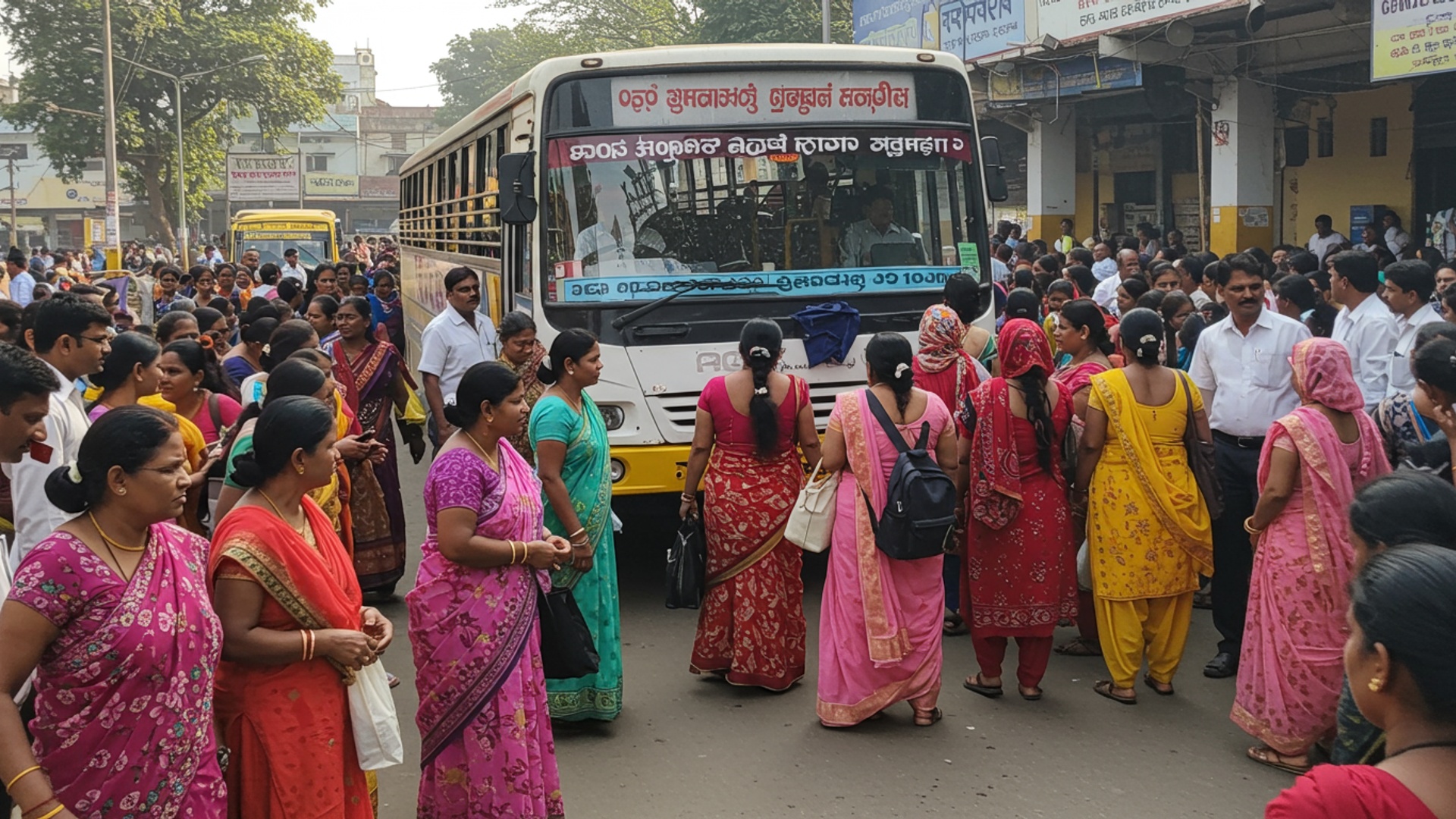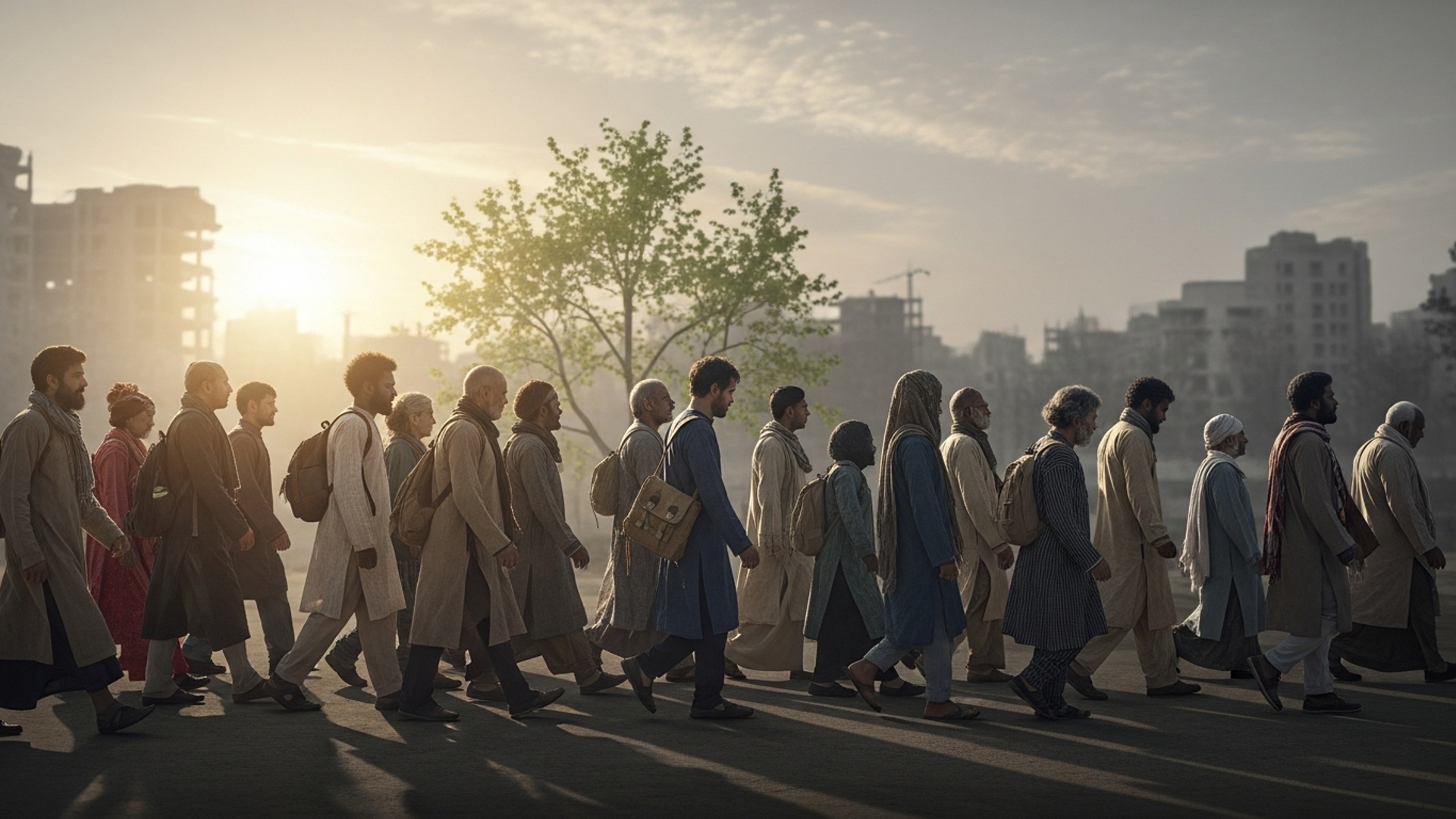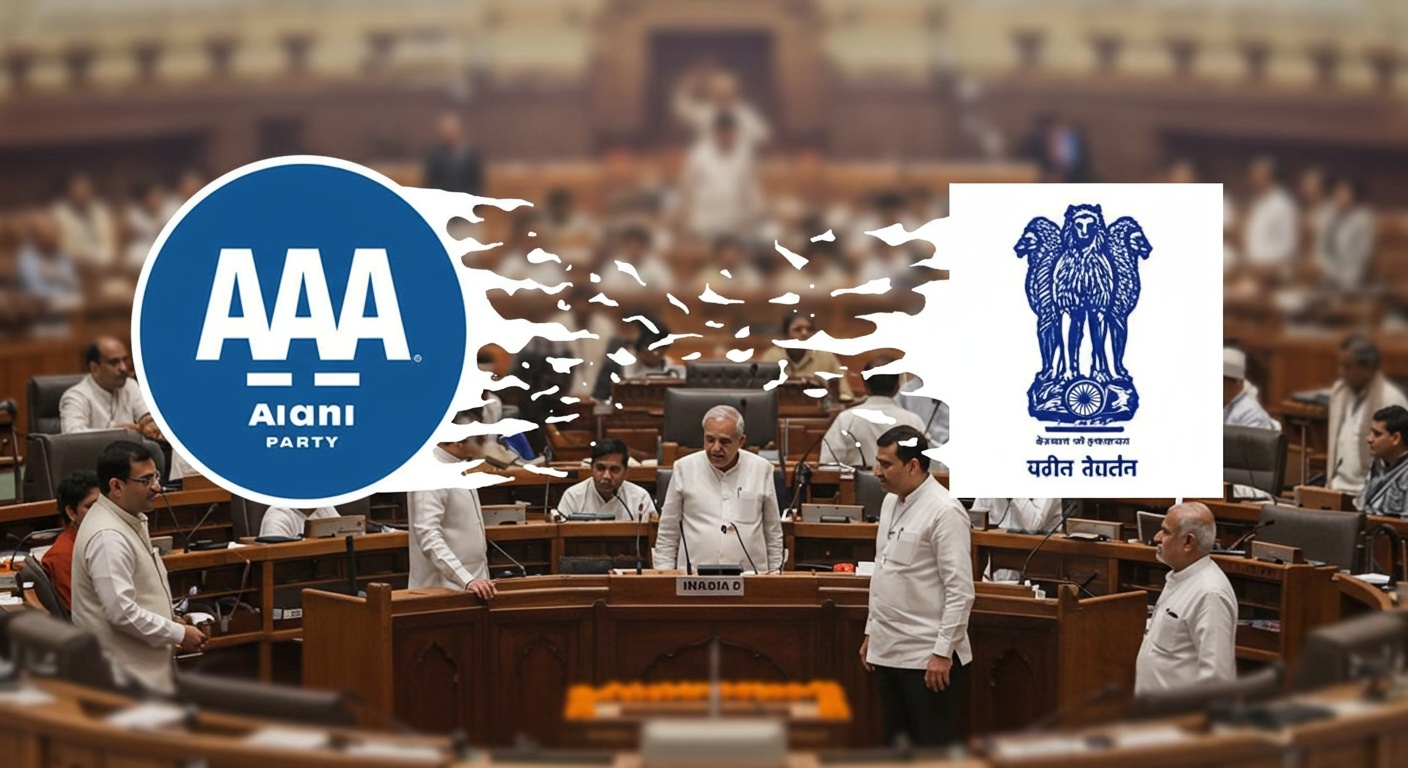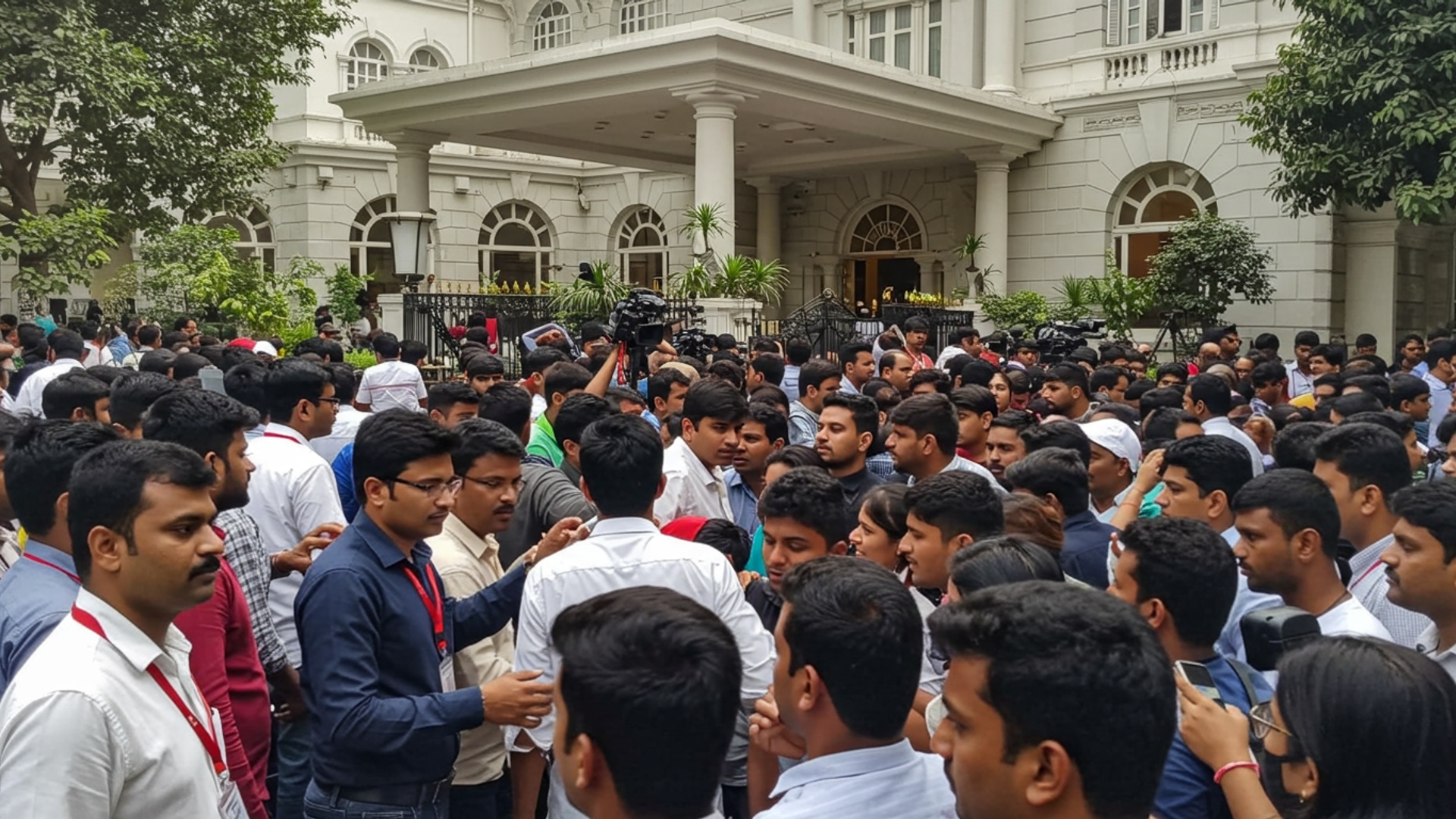Women across Andhra Pradesh are rapidly embracing a new free bus travel scheme, a major government step to empower them by making daily commutes easier. Since its recent launch on August 15, thousands of women are riding state-run buses without paying fares, directly easing their financial strain. Yet, this widespread adoption is also revealing significant on-the-ground challenges, including packed buses, operational confusion among transport staff. difficulties for some women in accessing the service due to identity card issues. The “Stree Shakti” scheme’s sudden popularity is truly testing the system, highlighting the complex balancing act between providing a vital public service and ensuring its effective delivery.
Women Find New Freedom with Bus Travel
In Andhra Pradesh, a new government plan offering free bus rides to women has significantly changed daily life for many. This scheme, which began in late 2023, was designed to help women move around more easily and without cost. From students going to colleges to working women commuting to their jobs. homemakers visiting markets or relatives, a large number of women have started using public buses much more often. The initial response has shown that many women are happy about saving money and having more freedom to travel. This change has been clear across cities and villages in the state, with buses often seen carrying many more women than before.
The main idea behind this plan was to give women more power in their daily lives. By removing the cost of travel, the government aimed to help women take part more in the economy and society. It was hoped that more women would be able to go to schools, hospitals. workplaces without worrying about bus fares. This move also aimed to ease the money pressure on families, especially those with low incomes, allowing them to use their savings for other crucial needs. The scheme applies to all ordinary state-run buses, making it widely available to a large part of the female population.
Understanding the Plan and Its Goals
The government’s free bus travel scheme for women was officially put into action in December 2023. Its main purpose was to boost women’s freedom and make their daily travel easier and cheaper. Before this scheme, many women, especially those from poorer backgrounds, found it hard to afford daily bus fares, which limited where they could go and what they could do. The government had noticed that high transport costs often stopped women from taking up jobs further away, attending regular classes, or even accessing essential health services.
The scheme aimed to fix these problems by removing the financial barrier to travel. The government hoped that with free transport, more women would be able to:
- Take up jobs or business opportunities that were previously too far or too costly to reach.
- Attend educational institutions regularly, improving their chances for a better future.
- Access healthcare facilities without worrying about travel costs, leading to better health outcomes.
- Participate more in social and community activities, strengthening their role in society.
- Reduce the financial burden on households, allowing families to save money for other essential needs.
This plan was also seen as a step towards making society more equal, giving women the same chances as men to move freely and follow their goals.
How the Scheme Helps Women Every Day
Since the free bus travel scheme started, many women in Andhra Pradesh have reported significant positive changes in their lives. For many, the biggest benefit has been the money they save each month. A working woman who used to spend 50 to 100 rupees daily on bus fares can now save between 1,500 and 3,000 rupees a month. This saving is very helpful for families, allowing them to use the money for food, education for children, or medical needs.
Beyond saving money, women also feel more independent. They can now travel to places they previously couldn’t afford or found too inconvenient. This includes:
- Students who can now attend coaching classes or libraries located further from their homes.
- Women running small businesses who can now travel to bigger markets to buy goods or sell their products, expanding their reach.
- Homemakers who can visit relatives in other towns more often, or attend social gatherings without financial strain.
- Those needing regular medical check-ups or hospital visits who can now go more easily.
The scheme has also given women a greater sense of safety and security, as they no longer have to depend on others for travel money or look for cheaper, sometimes less safe, transport options. The increased number of women using buses has also led to a more female-friendly atmosphere on public transport.
Challenges in Making the Scheme Work
While the free bus travel scheme has brought many benefits, its daily operation has also faced some problems. One of the biggest issues is the sudden increase in the number of women using buses, leading to severe overcrowding, especially during busy morning and evening hours. This makes travel uncomfortable and sometimes difficult for all passengers.
Another problem is that the number of buses has not increased as quickly as the number of passengers. This means that buses are often full. women sometimes have to wait for a long time at bus stops, or even miss several buses before finding one they can get on. In some areas, the frequency of buses has not kept up with the new demand.
There have also been reports of difficulties faced by bus conductors and drivers. They sometimes find it hard to manage the large crowds and ensure smooth travel for everyone. In some cases, there have been misunderstandings or arguments regarding who is eligible for the free travel, leading to tension. Also, the financial burden on the state transport corporation has grown, as they are now carrying many passengers for free, which affects their income.
Government’s Steps to Solve Problems
Recognizing the problems that have come up with the free bus travel scheme, the state government has started taking steps to make things better. One crucial step is to provide more money to the state transport corporation to make up for the lost ticket income. This financial support aims to help the corporation cover its running costs and even allow for adding more buses.
The government is also looking at how to increase the number of buses, especially on routes that are very busy. Plans are being made to buy new buses or bring more existing buses into service to reduce overcrowding and waiting times. Also, there have been efforts to train bus staff, including conductors and drivers, on how to manage the increased number of passengers and how to clearly explain the rules of the scheme to everyone.
Public awareness campaigns are also being run to inform women about the scheme’s details and to ask for their cooperation in keeping the bus system orderly. The aim is to make sure that the scheme continues to benefit women effectively while also maintaining the quality of public transport for everyone.
Different Views on the Scheme’s Impact
The free bus travel scheme has been welcomed by many. it has also led to different views from various groups. Women who use the scheme daily are generally very happy. They often talk about how much money they save and how much easier their lives have become. For them, the scheme is a direct help that improves their quality of life.
On the other hand, officials from the state transport corporation admit that managing the scheme has its difficulties. While they support the idea behind the scheme, they point to the operational challenges like overcrowding and the need for more buses. They stress the importance of steady financial support from the government to keep the services running smoothly and to expand them as needed.
Public transport experts and commentators have also shared their thoughts. Many agree that the scheme is a good step towards empowering women and promoting public transport. But, some experts suggest that the government needs to plan more carefully for the long term. This includes thinking about how to get enough money to keep the scheme going, how to improve the bus infrastructure. how to make sure the scheme is fair to everyone, including other passengers. They suggest that while the immediate benefits are clear, ongoing planning is key to the scheme’s lasting success.
| Aspect of Scheme | Before Scheme (Typical) | After Scheme (Observed) | Impact |
|---|---|---|---|
| Daily Bus Fare Savings (per woman) | ₹50 – ₹100 | ₹0 | Significant monthly savings (₹1500-₹3000) |
| Women’s Mobility | Limited by cost/access | Increased freedom to travel | Greater participation in work/education/social life |
| Bus Ridership (Women) | Moderate | Significantly High | Increased bus utilization. also overcrowding |
| Bus Overcrowding | Occasional | Frequent, especially peak hours | Challenges for comfort and timely travel |
| Financial Burden on Households | Bus fares were a regular expense | Reduced travel expense | More disposable income for other needs |
![]()


















